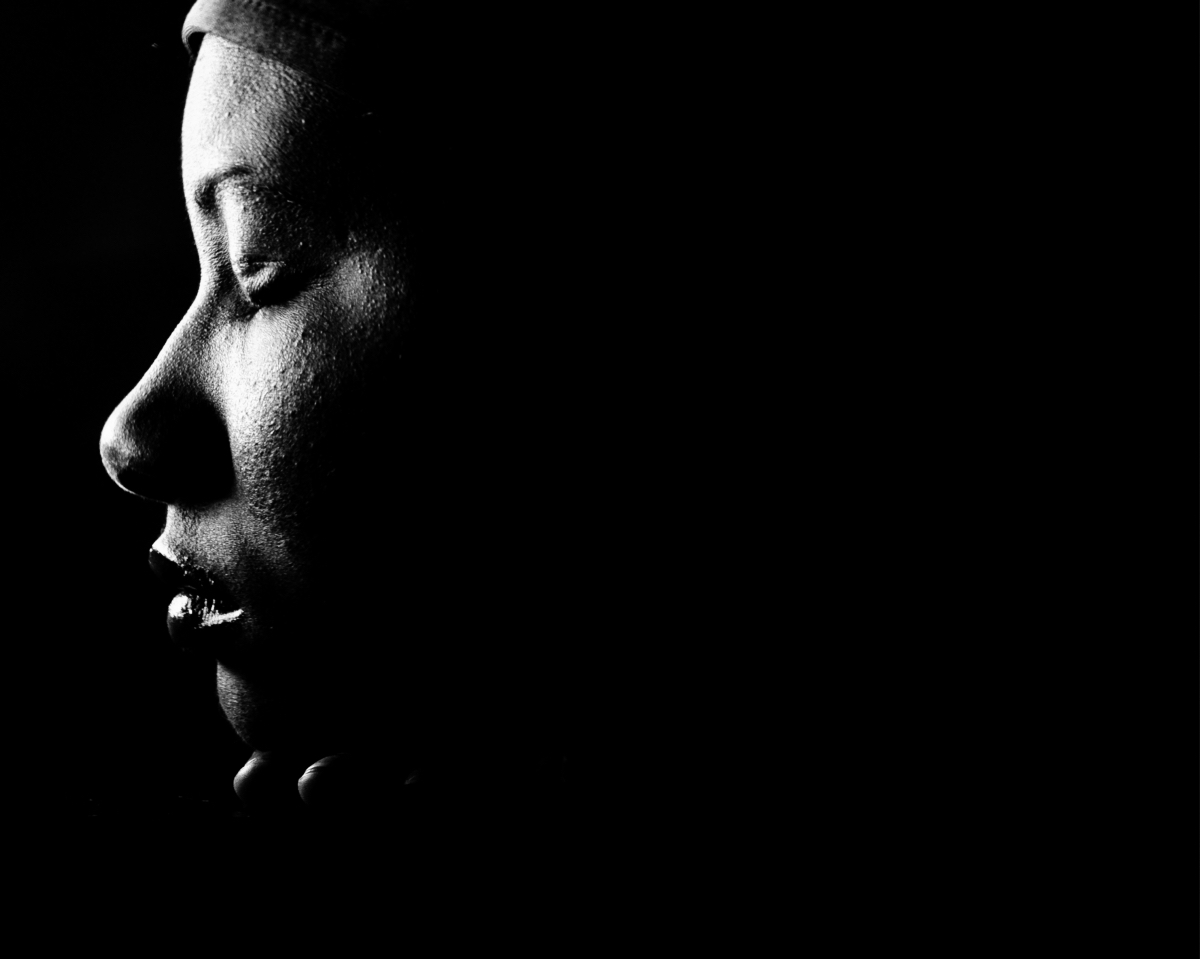Trafficking is a Problem for Our Girls, Too
Text: Chandra White-Cummings
A teenage girl bounds down the steps to her kitchen, assures her mom that she has no time for breakfast but will grab something at school, says she is walking to school with her best friend, heads out the door happy, and vanishes. The police and even school personnel try to characterize her as just a rebellious runaway. She was actually snatched a block from her home by a sexual trafficker.
This scenario is the beginning of “Anybody’s Daughter,” a novel by Pamela Samuels Young, but similar situations happen in real life. Daily. Data on child sexual trafficking is complex, not integrated across related issues, and underreported but the following statistics shed light on the problem:
•The 2012 United Nations Office on Drugs and Crimes’ Global Report on Trafficking in Persons reported that 6 in 10 trafficking survivors had been victims of sexual trafficking.
•Girls Educational & Mentoring Services (GEMS), a nonprofit in New York that provides services to teen survivors of commercial sexual exploitation and domestic trafficking, reports that 85 percent of victims are female, 75 percent were involved with child welfare services and/or foster care, 70-90 percent have a history of sexual abuse, and that in 2015, 94 percent of its clients were girls of color.
•Data from the 2015 annual report of the National Human Trafficking Resource Center show that 85 percent of its calls/contacts are related to trafficking of minors involved in sexual exploitation.
Atlanta attorney Sherri Jefferson is committed to educating the public and raising awareness of the phenomenon she has labeled “urban sex trafficking..” She defines this as “a concept of approaching the experiences of victims of sex trafficking within urban, suburban and rural corridors whose pimps, purchasers and profiteers rely upon and take advantage of metropolitan areas (epicenters or urban centers) to traffic women and children.” Highlighting the plight of African-American and other minority girls and women allows the inclusion of cultural and environmental factors that help people recognize trafficking in inner cities. Gang affiliations, home-based sex parties, exotic dancing and stripping, and music video production are all contexts Jefferson identifies as situations that hide sexual trafficking and exploitation of black women in urban areas.
Another entrée into child trafficking is featured in Young’s novel: contact with young girls through “relationships” with fictional people on social media. Vulnerable girls are targeted and approached by men posing as a guy in the target’s age group, sometimes older. The girl is groomed by creating emotional attachment and then persuaded to meet the new “boyfriend” away from family and friends. Traffickers target girls who don’t have a male presence in the home, have been abused or neglected, or are poor and potentially responsive to economic incentives and gifts.
Girls and women subjected to trafficking and exploitation suffer unimaginable physical, mental and emotional trauma, including manipulation, degradation, and being led to believe that no one cares about them. Sometimes the emotional manipulation comes in the form of a pimp convincing the girl or woman that they are in a romantic relationship, making the exploitation harder for the victim to see. Survivors need specialized mental health and social services to heal deep wounds and prepare to live successfully in their communities.
To get involved, get educated. These organizations can help.
GEMS, Girls Educational and Mentoring Services www.gems-girls.org
Sherri Jefferson/ African American Juvenile Justice Project www.sherrijefferson.com
Urban Institute, Justice Policy Center www.urban.org/policy-centers/justice-policy-center
FAIR Girls www.fairgirls.org


